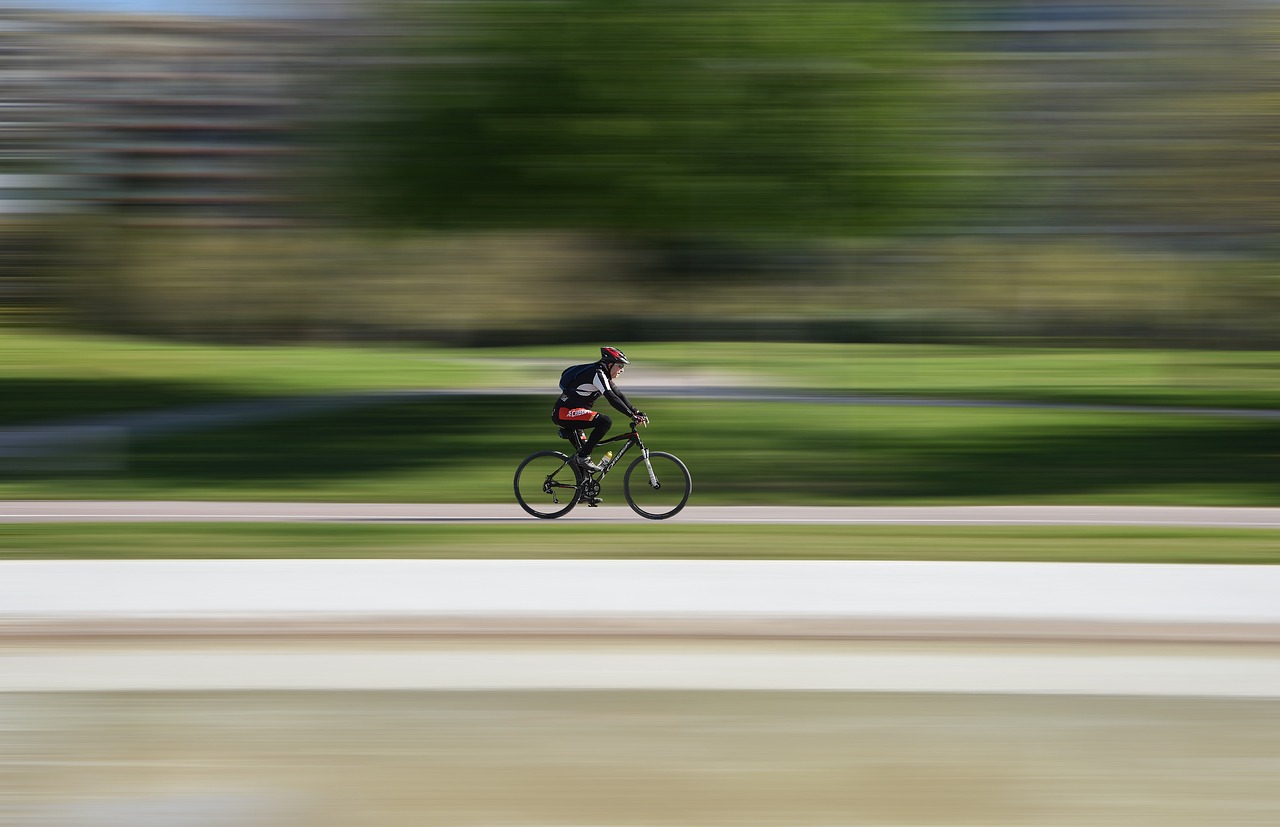In today’s fast-paced world, mindfulness practice has emerged as a beacon of calm, offering individuals a way to center their minds and enhance their emotional well-being. As distractions multiply and stress levels rise, the need for grounding techniques grows more important. Mindfulness is not merely a trend; it is a transformative practice that allows individuals to cultivate awareness and live more fully in the moment. By integrating mindfulness into our daily routines, we can improve our mental clarity, emotional health, and overall quality of life.
What is Mindfulness?
Mindfulness is the practice of being present and fully engaged with the current moment without judgment. Originating from ancient Buddhist teachings, it has been adapted into various wellness practices globally. The basic premise is to bring attention to the present, often through focused breathing and awareness of one’s thoughts and feelings.
The Core Principles of Mindfulness
- Aware Presence: The ability to focus on the here and now.
- Acceptance: Observing thoughts and feelings without criticism or bias.
- Non-reactivity: Responding to experiences rather than reacting impulsively.
Mindfulness vs. Meditation
While mindfulness and meditation are often used interchangeably, they are distinct practices:
- Mindfulness: Practicing awareness in everyday activities.
- Meditation: A structured practice dedicated solely to building mindfulness.
The Benefits of Mindfulness Practice
Incorporating mindfulness into your daily routine has myriad benefits, enhancing both mental and physical health. Here are some key advantages:
- Stress Reduction: Mindfulness helps lower cortisol levels, reducing overall stress.
- Improved Focus: Regular practice can sharpen attention and concentration.
- Enhanced Emotional Well-being: Promotes a greater sense of happiness and reduces symptoms of anxiety and depression.
- Better Relationships: Encourages empathy and reduces reactivity, leading to healthier interactions.
How to Practice Mindfulness: Techniques and Exercises
Engaging in mindfulness practice does not require special skills or lengthy time commitments. Below are effective techniques to incorporate mindfulness into your life:
1. Mindfulness Meditation
- Find a quiet space.
- Sit comfortably with a straight posture.
- Close your eyes and take deep breaths.
- Focus your attention on your breath.
- Whenever your mind wanders, gently redirect it back to your breath.
2. Body Scan
This exercise helps develop awareness of physical sensations:
- Lie down comfortably, close your eyes, and take deep breaths.
- Sequentially bring attention to each part of your body, starting from your toes up to your head.
- Notice feelings of tension, relaxation, or any sensations without judgment.
3. Mindful Walking
This practice integrates movement with awareness:
- Take a slow walk, focusing on each step.
- Pay attention to the sensations in your feet and the rhythm of your breath.
- Observe your surroundings without attachment.
4. Mindful Eating
Transform your meals into a mindfulness practice:
- Choose a single item of food and observe it carefully.
- Engage your senses by noticing color, texture, and scent.
- Eat slowly, savoring each bite while appreciating the taste.
Integrating Mindfulness Into Daily Life
Incorporating mindfulness doesn’t require drastic lifestyle changes. Here are simple ways to weave mindfulness into your routine:
- Start Your Day Mindfully: Spend a few quiet moments reflecting on your goals before jumping into your daily tasks.
- Use Reminders: Set alerts on your phone to pause and take deep breaths throughout the day.
- Mindful Technology Use: Practice awareness while using your devices—note your feelings and reactions.
Mindfulness Apps and Resources
Consider utilizing tools designed to support your mindfulness journey:
- Headspace: Offers guided meditations and mindfulness exercises.
- Calm: Provides breathing techniques and sleep stories.
- Insight Timer: Features numerous guided meditations and community discussions.
Conclusion
Mindfulness practice is not just a way to create calmness; it is a path toward deeper understanding, healthier living, and more fulfilling experiences. By committing time to build mindfulness into our daily lives, we can reap significant rewards for our mental, emotional, and physical well-being. Whether through meditation, walking, or mindful eating, the tools for embracing this life-enhancing practice are readily available. Start small, be consistent, and experience the transformation that comes when you cultivate a mindful approach to life.






